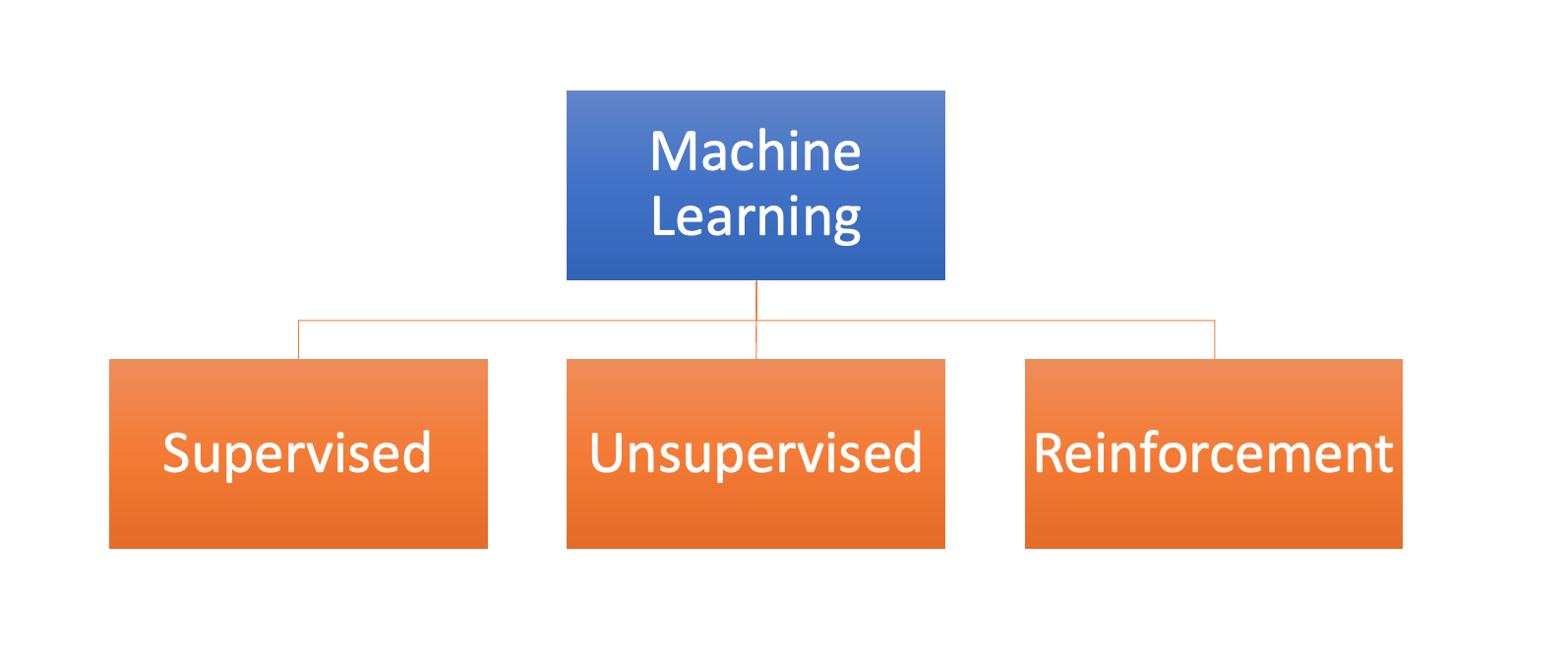What is Machine Learning?

Introduction
Arificial intelligence (AI) and machine learning is gaining popularity and use in our daily lives and filtering into industries including the actuarial profession. They are opening up doors and convenience to our day-to-day lives. The potential scope for improvement to existing actuarial processes and existing business solutions seems boundless.
Overview of AI, Machine Learning & Deep Learning
The below schematic gives an overview of the relationship between artificial intelligence, machine learning and deep learning:

Artificial intelligence Overall area where human intelligence and behaviour is mimicked by computers and machines.
Machine learning Computers can “learn” from the data, without a pre-programmed set of rules.
Deep learning Area is inspired by the way the human brain works e.g. network of neurons.
What is Machine Learning?
’’The field of machine learning is concerned with the question of how to construct computer programs that automatically improve with experience.” - Tom Mitchell, Machine learning 1st Edition (1997) .
Machine learning is a sub-category of artificial intelligence and refers to the process by which computers develop pattern recognition, or the ability to continuously learn from and predictions based on data, then adjust without being specifically programmed to do so.
Machine learning areas
The diagram below shows the different branches of Machine Learning:

There are three major machine learning techniques:
- 1. Supervised learning: Supervised learning uses the dataset which contains both the predictor and response variables where the data is labelled, and it uses a known dataset to make future predictions or classifications;
- 2. Unsupervised learning: Unsupervised learning uses the dataset which does not have a labelled response variable and is commonly used for clustering analysis i.e. to identify similar groups or patterns;
- 3. Reinforcement learning: Reinforcement learning uses a series of “rewards” to encourage certain outcomes and “penalise” undesired ones.
Further to the above, we also have:
- 4. Semi-supervised learning: Semi-supervised learning uses the dataset which is partially labelled and the algorithm uses the labelled data to understand the parameters for interpreting the unlabelled data i.e. it is a combination of supervised and unsupervised techniques.
Further reading
- Microsoft introductory course: Introduction to Machine Learning
- IBM topics: What is Machine Learning?
- Google crash course:Machine Learning Crash Course with TensorFlow APIs
- Evaluation machine learning models: Evaluating Machine Learning book